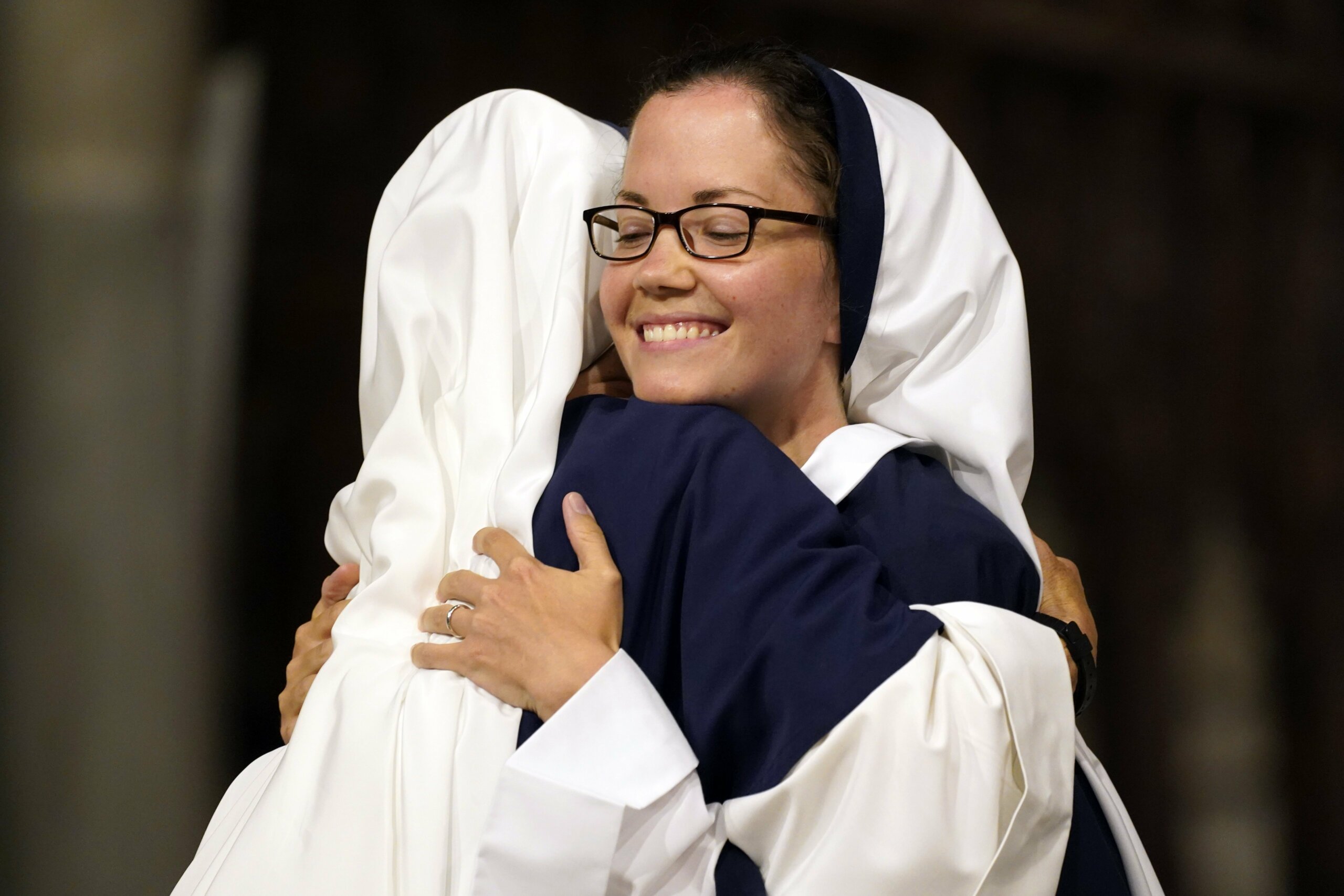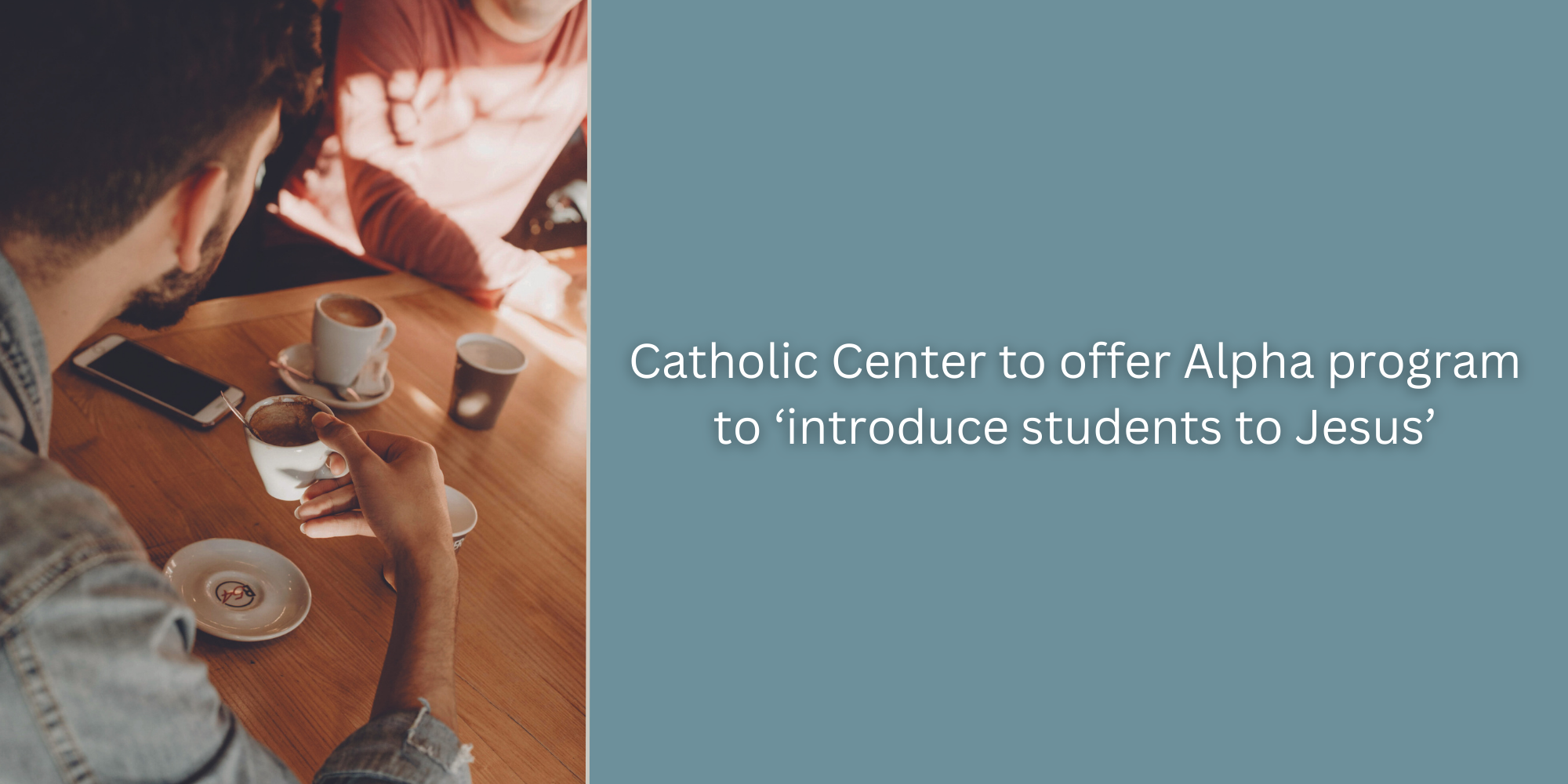
My 5-year-old daughter, like most children, loves to have stories read to her. And seemingly whatever story we read, as she sees the pictures and hears the story she inevitably points to a character. This is usually the little girl in the story — or a princess, or certainly any girl with a pretty pink dress — and says, “That’s me.”
The story can be the Berenstain Bears, Dr. Seuss, or a princess story, but at some point, as I read the story, I’ll hear, “That’s me.” In her young world, she is happy when she can find someone to identify with, some place where she can see herself in the story.
Those of you familiar with the practice of Lectio Divina will immediately recognize the resemblance to one way of reading the scriptures. In Lectio Divina, we are invited to see ourselves in the characters that we read about, whether it be one of the disciples, blind Bartimeus, the Samaritan woman at the well, or any of the countless others. We are invited to see ourselves in them, and by virtue of that come to a deeper relationship with our Lord.
In the context of this article, with the education focus in this issue of Vermont Catholic, I want to extend this idea a step further. Isn’t the best way of teaching faith modeling it? Isn’t the best way of passing on the faith living a life that prompts others, especially young people to “read” or see us and say, “That’s me” — especially for young people, as they consider future possibilities, to see a teacher, a firefighter, a doctor, an IT professional, living and teaching their faith.
Quite frankly that’s how many people discern religious life and the priesthood, by seeing religious sisters and brothers and priests and seeing themselves in that person, living that same life, doing the same things.
This idea of seeing others amidst their jobs and lives as models of faith is something the Church has taught in various ways for the last 2,000 years.
St. Paul, writing to the people of Corinth, encouraged them to “be imitators of me, as I am of Christ” (1 Cor 11:1). Interestingly, St. Paul was there first teacher as he had founded the Christian community in Corinth. He was also a tentmaker. He was encouraging them to model their lives after his own lived discipleship.
St. Paul VI is his apostolic exhortation on evangelization, Evangelii Nuntiandi almost 50 years ago, noted that today people listen more to witnesses than to teachers, and if they listen to teachers, it is because they are witnesses. Pope Paul was emphasizing that our teaching must first be lived as an example for others to see and emulate. This is manifest in our lives, our careers, our families.
The Directory of Catechesis also echoes this idea, emphasizing that it is the witness of the catechist that moves the heart of the hearer: “…the life of the witness who has experienced salvation therefore becomes that which touches and moves the hearer” (#58 ).
Finally, one of my favorite quotes is an exhortation along these same lines: “It is for you to radiate the Gospel. When they see you, let them discover Jesus Christ” (“Radiating Christ” by Raoul Plus S.J.)
Many years ago, I was a storm chaser. This was before I was married and had children! I fondly recall being invited into one of the local schools to present to the children and having them recognize me from my role at the parish where I then served as the religious education director and youth minister. One of the students commented to his classmates, “he chases storms … and he goes to church!”
The challenge for us today is that there are fewer witnesses, fewer opportunities for our young people to say, “That’s me,” as they see people of faith in the world. This makes it all the more imperative that we strive to be good and joyful examples and that we take this responsibility seriously.
As we begin a new school year, we can pray that all, and especially our young people, in seeing us, in hearing us share the stories and teachings of Christ, the scriptures, the saints, and our own experience of lived Catholicism may be moved to say, “That’s me.”
And from that witness may walk this same way of Christ in His Church.
—Deacon Phil Lawson is the executive director of pastoral ministries for the Diocese of Burlington. He can be reached at plawson@vermontcatholic.org.
—Originally published in the Fall 2023 issue of Vermont Catholic magazine.





